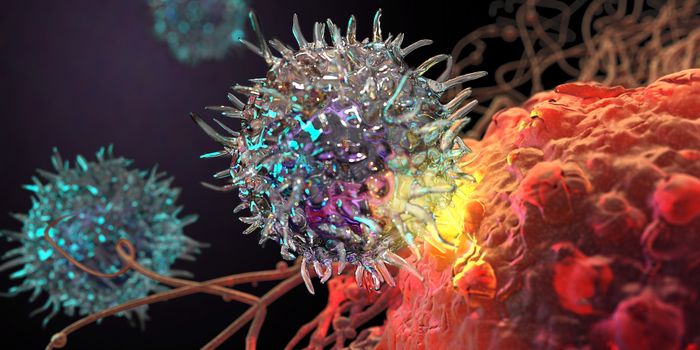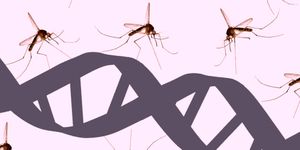With the advancement of sequencing technologies, scientists are able to uncover more about the genetic basis of diseases in ways that they never knew before. Just earlier this month, scientists discovered
two new forms of a childhood blood cancer known as acute lymphoblastic leukemia (ALL). In the same vein, researchers have announced that the myeloid type of this blood cancer, acute myeloid leukemia (AML), has
11 different subtypes.

While the discovery seems daunting to patients who are diagnosed with AML or clinicians treating this condition, the research team hopes that their discovery will enable more personalized therapy and improve patient outcome.
To arrive at their discovery, the team of researchers from the Wellcome Trust Sanger Institute in the United Kingdom looked at data from over 1,500 patients diagnosed with AML. From this pool of sample, the team sequenced 111 genes that are known to influence the course of the disease. With this genetic profile, the team then categorized patients based on disease progression, survival, and other clinical measures.
They found that the patients could be classified into different subtypes of AML, based on genetic commonalities and differences. Of note, the 11 subtypes had different patterns of driver mutations – that is, mutations that actively drive the progression of AML.
Knowing the different subtypes could explain why patients respond differently to the same therapeutic treatment. "Two people may have what looks like the same leukemia down the microscope, but we find extensive differences between those leukemias at the genetic level. These genetic differences can explain so much of why one of those patients will be cured, while the other will not, despite receiving the exact same treatment,” explained Peter Campbell, co-study author. “We have shown that AML is an umbrella term for a group of at least 11 different types of leukemia. We can now start to decode these genetics to shape clinical trials and develop diagnostics."
Indeed, now that we know the genetic profile of AML subtypes, we may be able to tailor specific treatments for patients. "For the first time we untangled the genetic complexity seen in most AML cancer genomes into distinct evolutionary paths that lead to AML," said Elli Papaemmanui, co-first study author. "By understanding these paths we can help develop more appropriate treatments for individual patients with AML. We are now extending such studies across other leukemias."
AML and ALL differ in the type of blood cell that’s affected by the cancer. In the case of AML, the cancer affects meyloblasts (a type of white blood cell), red blood cells, or platelets. For ALL, the white blood cells called lymphoblasts are affected. AML strikes more adults whereas ALL is a common childhood cancer. In both cases, the rate of survival is low. However, the hope is that as research shines light on the different forms of these cancers, precise diagnosis will lead to personalized therapy that will improve patient survival.
Additional source:
MNT
 While the discovery seems daunting to patients who are diagnosed with AML or clinicians treating this condition, the research team hopes that their discovery will enable more personalized therapy and improve patient outcome.
While the discovery seems daunting to patients who are diagnosed with AML or clinicians treating this condition, the research team hopes that their discovery will enable more personalized therapy and improve patient outcome.







